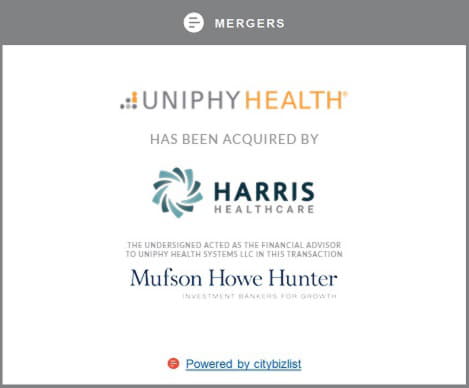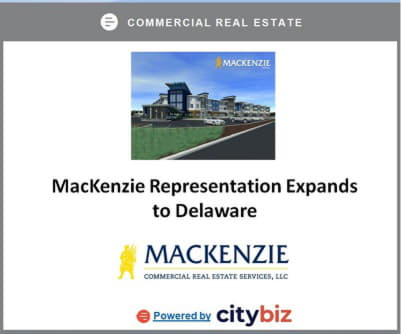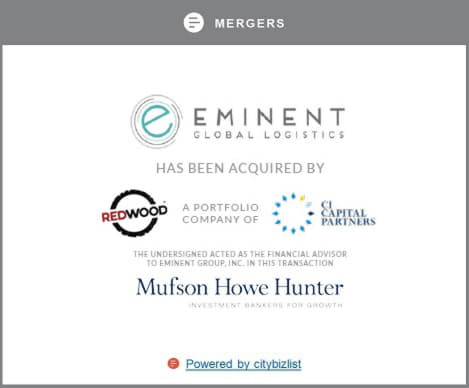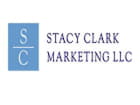Green Building Adoption Index Shows More “Green” in Cities with Benchmarking Laws
According to the fourth annual Green Building Adoption Index study by CBRE and Maastricht University, Philadelphia was ranked the eleventh greenest city in the nation with 37.9 percent of its space qualified as green certified. Chicago claimed the top spot, San Francisco slipped to second, while Atlanta, Houston and Minneapolis again claimed spots in the top five in the 2017 report. “Green” office buildings in the U.S. are defined as those that hold either an EPA ENERGY STAR label, USGBC LEED certification or both.
The study found that institutional owners of office buildings continued to pursue green building certifications in the 30 largest U.S. markets. 10.3 percent of all buildings surveyed are Energy Star labeled, while 4.7 percent are LEED certified, both slightly ahead of last year’s totals, although the total percentage of certified space fell slightly due to expiration of some certifications.
While Philadelphia slipped one spot from last year’s position at number 10, green buildings were at the forefront of Philadelphia office market activity throughout 2016. Where Philadelphia excels is in Energy Star with a performance that would rank in the top 10 for both the number of buildings and percentage of square footage labeled. One of the biggest transactions of the year, Duane Morris’ 257,000 sq. ft. renewal, occurred within the Energy Star labeled United Plaza. The FMC Tower at Cira Centre South, which was recently awarded LEED Gold certification, delivered in 2016 as Philadelphia’s first “vertical neighborhood,” combining office, retail, residential and hospitality space with green space.
This year’s study also examined the potential impact of municipal energy disclosure regulations on green building adoption rates. Nine of the top 10 cities have implemented benchmarking ordinances, and several of those have experienced measurable increases in green certifications. Cities with benchmarking ordinances have 9 percent more Energy Star and LEED certified buildings, and 21 percent higher Energy Star and LEED certified square footage. Philadelphia has had a benchmarking and transparency law in place since 2012 for commercial buildings 50,000 sq. ft. and greater. Its City Council voted to expand the law to multifamily buildings in 2015, resulting in a total estimated covered floor space of 390 million sq. ft. locally.
“While it is still too early to make a definitive correlation between benchmarking ordinances and the rate of growth in ‘green’ buildings, this year’s findings do begin to establish a link that will be studied closely in the future,” said David Pogue, CBRE’s Global Director of Corporate Responsibility.
“Even though the current federal legislative agenda has shifted the focus away from energy efficiency and sustainability, the momentum in the commercial real estate industry toward improving building operating performance and enhancing building quality is hard to derail,” said Dr. Nils Kok, associate professor at Maastricht University.
A feature again this year is a geographic mapping platform that highlights the name, location and details of the specific green certification for each building in all 30 markets. The Philadelphia market extends to the Lehigh Valley and also includes Delaware and South Jersey.
Again executed in close collaboration with the U.S. Green Building Council (USGBC) and CBRE Research, this year the report also included research and commentary from the Institute for Market Transformation. This is the fourth release of the annual Green Building Adoption Index. Based on a rigorous methodology, the Index shows the growth of ENERGY STAR- and LEED-certified space for the 30 largest U.S. office markets, both in aggregate and in individual markets, over the previous 10 years. View the study’s findings HERE.
About CBRE Group, Inc.
CBRE Group, Inc. (NYSE:CBG), a Fortune 500 and S&P 500 company headquartered in Los Angeles, is the world’s largest commercial real estate services and investment firm (based on 2016 revenue).The company has more than 75,000 employees (excluding affiliates), and serves real estate investors and occupiers through approximately 450 offices (excluding affiliates) worldwide.CBRE offers a broad range of integrated services, including facilities, transaction and project management; property management; investment management; appraisal and valuation; property leasing; strategic consulting; property sales; mortgage services and development services.Please visit our website at www.cbre.com.









